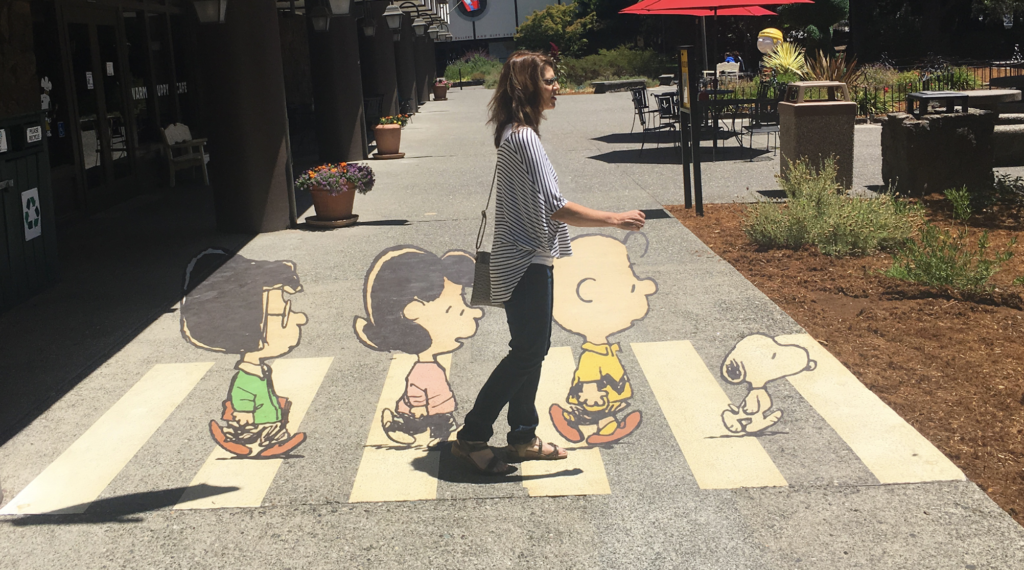What, Exactly, is the Metaverse? (And Why Should Anyone Care?)

When Facebook rebranded to Meta in 2021, I had to chuckle. Meta is pronounced like the feminine form of the word “dead” in Hebrew. Somehow in the rush of Meta’s commitment to being a first mover in the metaverse space, the brand execs missed it. The bigger problem is that, much like Meta, the metaverse itself struggles with branding: very few people understand what it is, why it exists, and why they should care.
What is the metaverse?
The future of the internet? A video game? A worse version of Teams? Since the metaverse is still in its early days, and is still being built, it’s hard to pin down exactly what it is. But it’s helpful to keep in mind that the metaverse exists online. The metaverse isn’t one specific type of technology, but rather a new way to interact with cyberspace, a technology most of us are already familiar with.
When most people talk about the metaverse, they’re referring to virtual reality (VR) – virtual worlds that exist when you’re in them, and persist when you log off – and augmented reality (AR), which combines the digital and physical world. That said, these virtual experiences can be accessed through VR, AR, or even your mobile phone, depending on what it is you’re doing. For example, many aspects of games such as Roblox and Fortnite can be accessed through a game console, mobile phone, or tablet.
Many businesses are betting that once more people start engaging with the metaverse, there will be marketing and even broader economic opportunities to be had. Large corporations such as JP Morgan have bought real estate in the metaverse to erect property, and marketing agencies specializing in advertising via virtual billboards, virtual events (think a conference or pop-up, but in virtual reality), and even full-fledged virtual worlds like museum exhibitions and concerts. There are even visions of the metaverse creating opportunities where people can create, buy, and sell items, such as virtual clothes or cars – any parent who has a child playing Roblox will be familiar with the concept.
The metaverse is not one large virtual or augmented reality world – it is just how we describe the various ways in which we interact with these technologies and the worlds that inhabit them. In fact, it seems that one large, unified virtual reality world is quite a long way away, not least because most companies that have metaverse products are not incentivized to cooperate to provide consumers with that kind of experience, both economically and in terms of raw computing power.
Wordsmithie’s journey into the metaverse and our experience
The metaverse is still a work in progress. There are a number of challenges, from how users can access virtual reality (headsets are costly and quickly become obsolete) to how digital assets, such as cars or buildings, can transfer from one virtual word to another. But there are dozens of companies addressing these issues, from huge companies such as Meta to startups around the world.
As in the real world, the metaverse requires various modes of communication, including writing. From signposts of where to go or what to do, to instructions on how to set up a headset or console, writing is still critical to accessing and engaging with the metaverse. And that’s even before we think about how we get more people understanding what it is, and why they should care! Wordsmithie has helped companies craft instruction manuals, virtual world instructions, and even document what the metaverse is.
How to enter the metaverse and make the most out of your experience
So now only one question remains: How can you experience the metaverse for yourself? It might seem daunting, but there are many different ways to give it a go. In London, ABBA recently launched a concert in which the four singers perform as their 1977 avatars. You’ll be jamming to all your favorite ABBA hits, but instead of seeing the bandmates rocking out in their 70s, designers and engineers spent thousands of hours creating their avatars so they look, sing, and dance as if they’re still in the (19)70s.
If a trip to London isn’t in the cards, you can try virtual meeting rooms for your next big team meeting, so you can feel like you’re all together even if you’re miles apart. Or try your hand at Fortnite, a virtual world in which you can watch a concert, buy property, or fight with others (it is, after all, a video game). Much like the metaverse itself, the opportunities are endless – all you need to do is log in and give it a go.



























